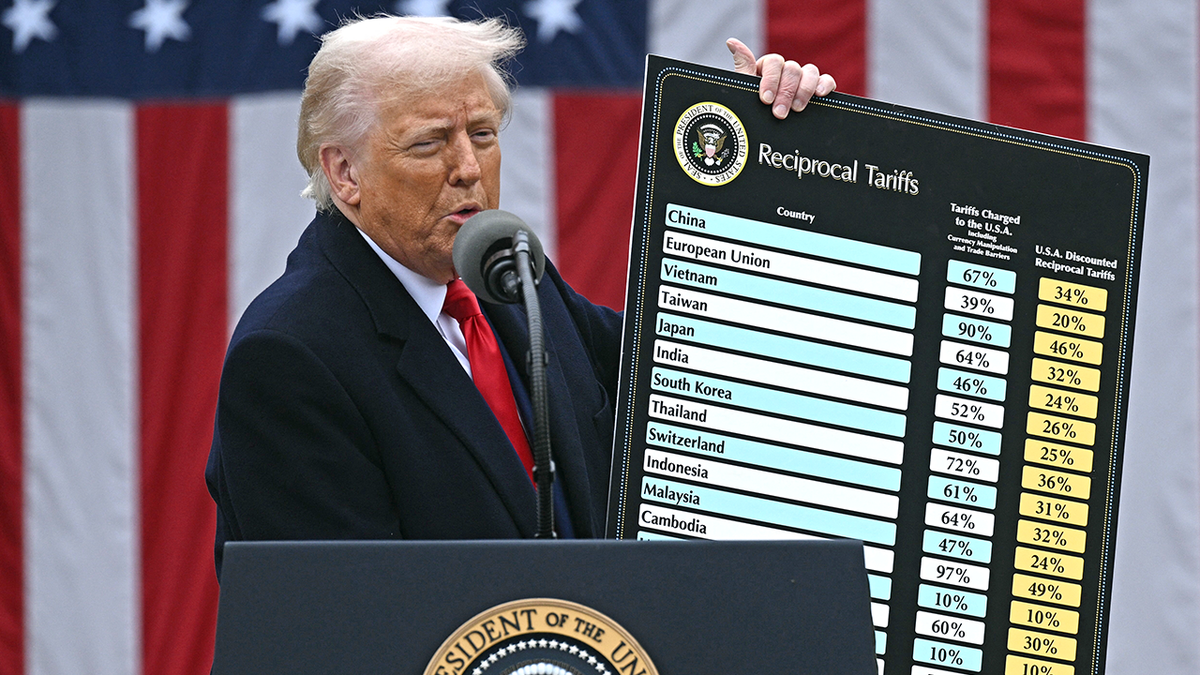
Impact of U.S. Tariff Hike on South Africa’s Key Industries
The recent imposition of a 30% tariff by the United States has sent shockwaves through South Africa’s sugar and automotive sectors, raising concerns about the long-term viability of these industries. Experts warn that the tariffs could lead to significant economic disruptions, including job losses and a decline in exports. The situation has sparked urgent discussions among economists, industry leaders, and policymakers about how to mitigate the damage and explore alternative markets.
Economic Concerns and Industry Vulnerability
Economist Miyelani Mkhabela highlighted the potential devastation for small businesses, which are particularly vulnerable to such trade barriers. He pointed out that while the U.S.-South Africa trade relationship may eventually be restored after the end of President Trump's term, the four-year gap could be catastrophic for many companies. “Four years is a lot for a company,” he said, emphasizing that the closure of the American market due to high tariffs would have severe consequences for local manufacturers.
Mkhabela explained that the increased cost of South African products in the U.S. market could make them uncompetitive, leading to a loss of customers and ultimately, business failures. He also stressed that South Africa cannot easily replace the U.S. market, which is significantly larger than the combined trade volume with all African countries.
Sugar Industry at Risk
Dr. Siyabonga Madlala, Executive Chairman of the SA Farmers Development Association (SAFDA), expressed deep concern over the impact on the sugar industry. Under the African Growth and Opportunity Act (AGOA), the U.S. had provided a lucrative market for South African sugar exports, but the new tariffs have made South African sugar 30% more expensive. This increase could push U.S. consumers to seek alternatives from other countries that offer subsidized products.
Madlala estimated that the South African Sugar Association (SASA) could lose R168 million annually due to the tariffs. He warned that reduced production would lead to job losses and the closure of sugar mills, which rely heavily on a steady supply of sugarcane from farms. The timing of the tariffs is especially concerning, as several major sugar mills, including Tongaat Hulett, were in the process of recovery from financial difficulties.
Automotive Sector Facing Challenges
The automotive industry is also feeling the pressure. Renai Moothilal, CEO of the National Association of Automotive Component and Allied Manufacturers (NAACAM), reported that some companies have already lost U.S. contracts, putting one of South Africa’s most critical manufacturing sectors at risk. He called for immediate action to address the growing challenges faced by the industry.
Organizations like Build One SA (BOSA) have urged President Ramaphosa to engage directly with U.S. Congress members, highlighting that over 500,000 U.S. jobs are tied to trade with South Africa. This call underscores the interconnected nature of the two economies and the need for diplomatic efforts to resolve the issue.
Calls for Diversification and Long-Term Solutions
While some experts, like Khulekani Mathe, praised Ramaphosa for his efforts to negotiate with the U.S., they emphasized that the recovery of trade relations is not guaranteed. Mathe noted that the success of future negotiations will depend on whether favorable terms can be secured before the end of the current administration.
Professor Bonke Dumisa criticized the U.S. approach, arguing that tariffs do not benefit any economy in the long run. He pointed out that U.S. businesses have priced themselves out of global markets, leaving South African companies at a disadvantage. Dumisa advised affected businesses to seek alternative markets, although he acknowledged that this is not an immediate solution.
Looking Ahead
As South Africa grapples with the fallout from the U.S. tariff hike, the need for strategic planning and diversification becomes increasingly clear. While the government has begun reaching out to other countries, the challenge remains to find viable alternatives that can sustain the export-driven industries. The coming months will be critical in determining the resilience of South Africa’s economy and its ability to adapt to changing global trade dynamics.
